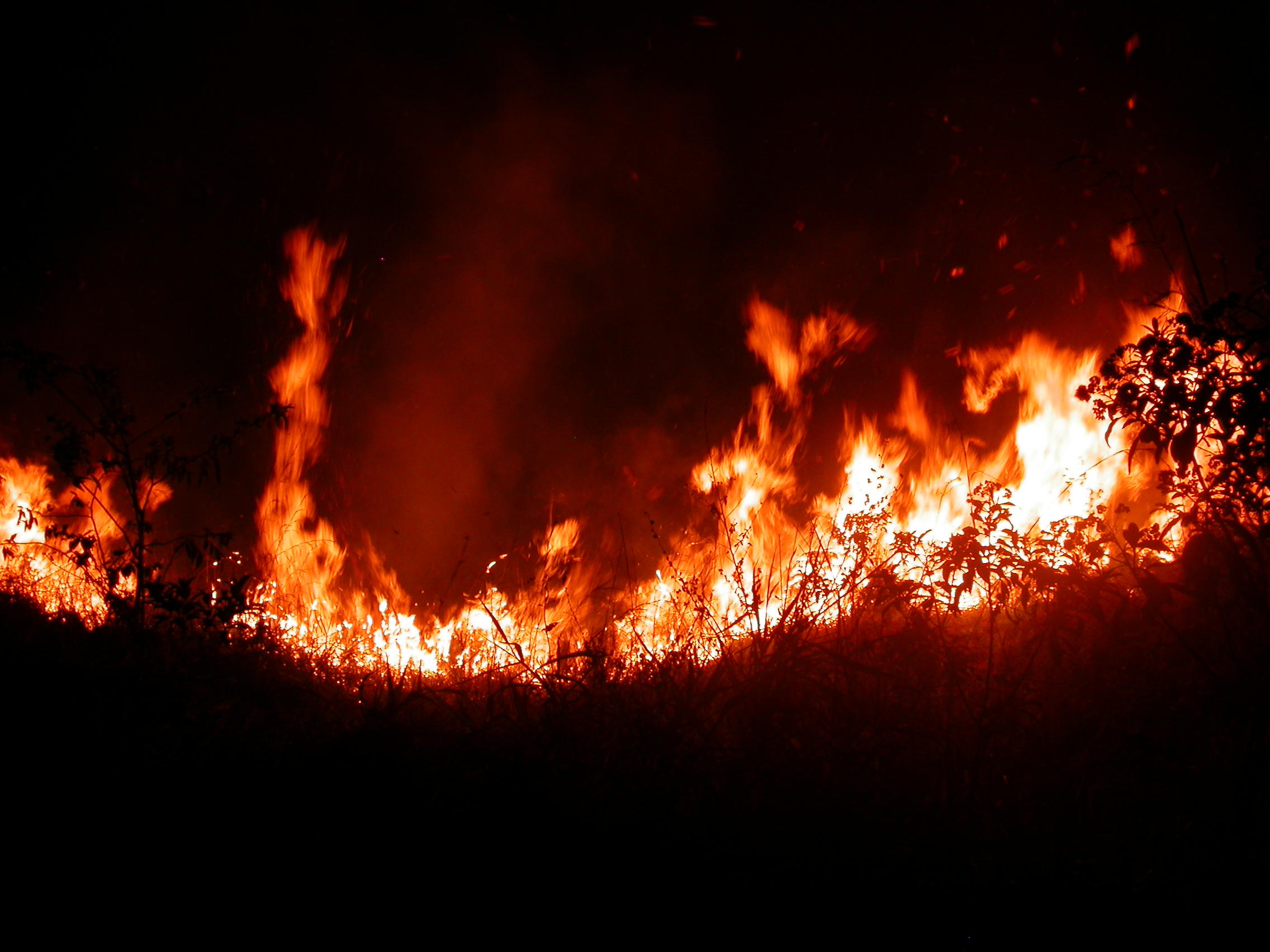- Home
- Science Introduction
- Former Initiatives and Working Groups
- Global Paleofire 2 Scientific Goals
Global Paleofire 2 scientific goals
GPWG2, which was active from 2016 to 2019, met the growing needs of interdisciplinary fire scientists and practitioners by developing research projects, in collaboration with stakeholders, that employed diverse data sources, a new open-access database, statistical tools, and state-of-the-art models to address questions about fire-regime variations and their feedbacks on species, ecosystems, and climate.

Objectives
GPWG2 had four main objectives:
i) Integrate paleofire data with models to establish robust estimates of baseline trends and variability in fire regimes and carbon emissions on orbital to decadal time scales and at regional to global spatial scales;
ii) Develop paleofire research projects that support fire managers, fire-risk assessment and sustainable fire management;
iii) Use coupled data-model projects to address challenges in conservation, restoration, and biodiversity maintenance under changing climate conditions;
iv) Build capacity for advancing paleofire science in developing countries and among early career researchers.
Structure
In order to achieve these goals, the GPWG2 activities were organized into three Focus Groups (FG) and four Crosscutting Initiatives (CI), including a geographical challenge and early-career researcher (ECR) project.
Focus Groups formed the basis of the GPWG2 thematic research priorities:
A) Fire baselines by biome;
B) Fire risk & management;
C) Fire & biodiversity conservation.
Crosscutting Initiatives represented the background activities of the GPWG and served as the strategic instruments of the Focus Groups:
1) Asian & Africa paleofire challenge: an outreach and research initiative to support capacity building and research in these regions;
2) Synthesis & database development;
3) Paleofire data-model integration and links with other databases;
4) The modern Global Charcoal Database (mGCD), an innovative project to develop a "bottom up" approach to fire proxy calibration, launched during the last GPWG workshop (Harvard Forest, October 2015).